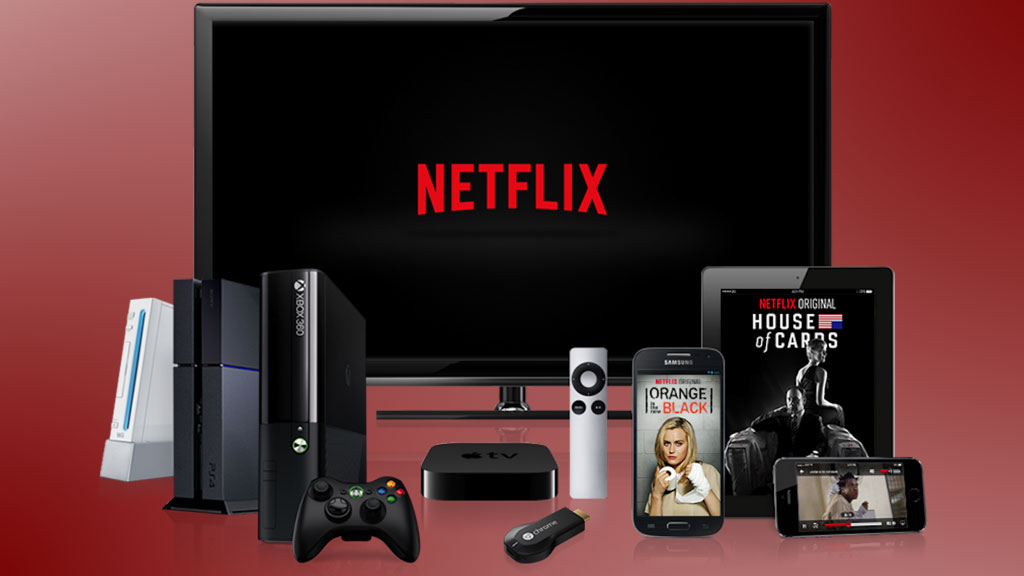NBN internet highways prohibitively expensive for Netflix broadband wagon

The arrival of Netflix and the dramatic uptake in streaming services over the past six months has had a significant effect on the amount of home broadband data Australians use. And now ISPs are worried that the NBN's pricing model won't cope with this new data trend.
After crunching the numbers, iiNet chief technology officer Mark Dioguardi told Fairfax that under the current NBN wholesale model, telcos could be forced to charge users an additional $26 per month for streaming a moderate amount of HD shows through Netflix.
The problem arises from the NBN's pricing model, which charges telcos for theoretical bandwidth pipes in individual megabit per second increments called Connectivity Virtual Circuits, on top of a standard user connection fee.
Tiering up
12 Mbps is the maximum potential download speed of the first tier of an NBN broadband plan, but in order to deliver a continuous 12 Mbps to a user for a month a telco would be paying the NBN for 12 theoretical CVC pipes that cost $17.50 each, or $210 per month.
Obviously no one (on this plan) is going to require this much data on a continual basis and it's the telco's job to juggle these imaginary pipes, but service providers like iiNet are claiming that having enough bandwidth to deliver Streaming services like Netflix, Stan and Presto, will force significant additional costs onto its NBN customers.
iiNet chief executive David Buckingham told Fairfax that streaming services caused "an unprecedented shift in the market" but that he'd "like to think that NBN will tackle the problem" before Australians are forced to pay through the nose for the the NBN.
Sign up for breaking news, reviews, opinion, top tech deals, and more.

Joel Burgess is one of the Senior Writers on the TechRadar Australia team with over 9 years experience testing and reviewing laptops, gadgets and kitchen accessories from coffee machines to pizza ovens. Joel is the Australian PC Awards expert panellist for systems and laptops and is a permanent columnist and reviewer for Australia's leading PC magazine APC.